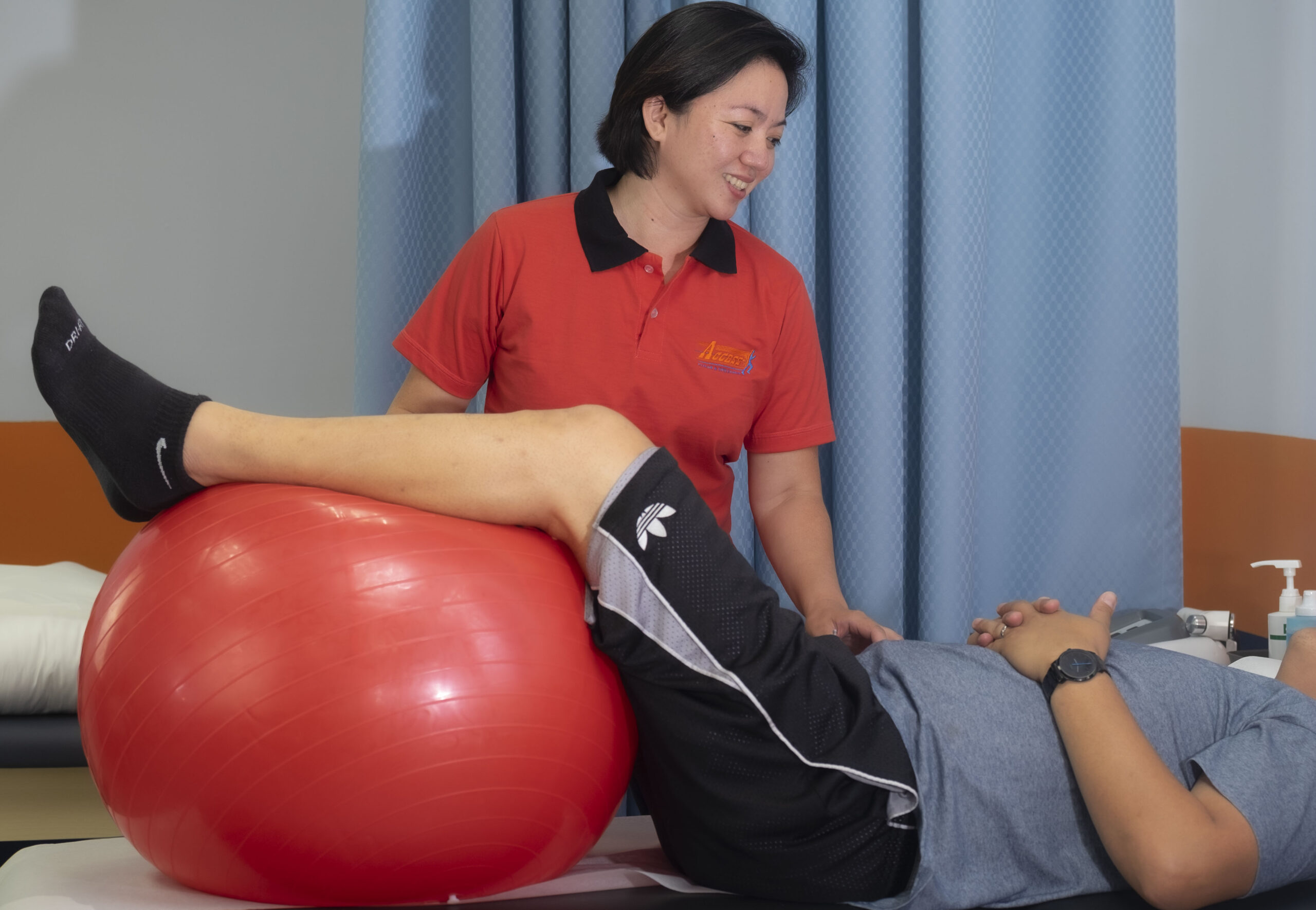Understanding Lower Back Pain And How To Fix It
Low back pain is a universal health complaint for people of all ages and ethnic backgrounds. From an annoying dull ache to excruciating pain, low back pain can keep you from enjoying your life.
What Is Low Back Pain
Lower back pain is pain that occurs in the lumbar spine — the region at the bottom of the ribcage and above the pelvis. This condition can be either acute (lasting for a few days to a few weeks) or chronic (lasting for more than 12 weeks).
Common Causes
Some factors that cause low back pain include:
• Muscle or ligament strain: Repeated heavy lifting or a sudden awkward movement can strain back muscles and spinal ligaments.
• Disc issues: Herniated or bulging discs may bear down on nerves, leading to pain.
• Arthritis: Osteoarthritis in the lumbar region commonly causes spinal stenosis (narrowing of the spinal canal).
• Slouching: Prolonged sitting, especially if not well supported, can strain the lumbar spine.
• Injuries: Falls, car crashes or a sports injury may cause acute or chronic pain.
• Other medical conditions: Kidney infections, endometriosis or certain types of cancer can present as low back pain.
Symptoms
Low back pain symptoms can range in intensity.
• Dull, persistent pain or sudden soreness
• Tightness or loss of motion
• Pain in the buttocks, legs, or feet, which is known as sciatica
• Pain that gets worse when you sit or stand for several hours.
If your back pain is associated with numbness or weakness in the legs, fever, or loss of bladder or bowel control, seek medical help immediately.
Diagnosis
Low back pain is diagnosed by a physician through:
• A medical history and physical examination
• Imaging tests (such as X-rays, MRI or CT scans) if they’re necessary to rule out other, more serious conditions
• Blood tests in some circumstances to detect infections or inflammatory diseases
Treatment Options
Conservative care works for most lower back pain:
Home Care
• Periods of rest (but not long-term bed rest)
• Ice and heat therapy
• Take non-prescription painkillers (ibuprofen, acetaminophen)
Physical Therapy
• Exercises to stretch and strengthen
• Manual treatment of any cervical spine or shoulder girdle pathology and posture training
• Stabilization of the center (Core stabilization)
Medications
• Prescription anti-inflammatory or muscle relaxant medications (moderate to severe cases).
• Shots (shots such as corticosteroids) for inflammation (inflammation) related pain
Surgery
• Used infrequently, but could be an option for conditions like herniated discs, spinal stenosis, or spinal instability that don’t improve with other treatments
Prevention Tips
To prevent low-back pain:
• Stay active: Strong core muscles support your back
• Sit up straight: You should have supportive, ergonomic furniture, and you should sit up instead of slouching.
• Smart lifting: Use your legs, not your back; keep the load close to your body
• Achieve and maintain a healthy weight : Being overweight can place strain on the back
• Move: Do not sit or lay in one position for too long.
Conclusion
Low back pain is a manageable and preventable condition when the right service and lifestyle habits are implemented. You should see a doctor if:
• Your symptoms get worse or don’t improve with treatment
• You have heartburn more than twice a week
• You take over-the-counter medications for heartburn and still have symptoms
• You have asthma and develop heartburn
• You have pain in your stomach or suppressor
• Your discomfort interferes with your daily life
Consult a doctor if any of these apply to you.
The sooner intervention occurs, the better your recovery, and the quicker you can resume normal activities.



